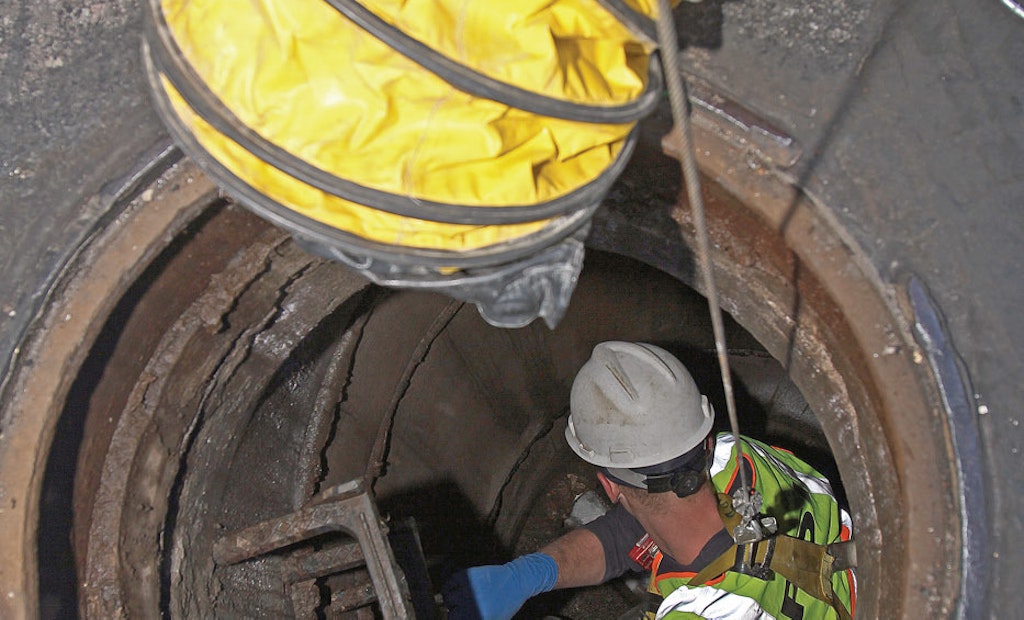
Wearing proper gear, such as gas masks and hard hats, is vital to safety but following safety procedures every time you enter a manhole is the best form of incident prevention.
A hole where toxic gas can lurk and a misstep means a painful fall is a dangerous workplace. To prevent injuries, companies whose employees must enter sewer manholes regularly train their crews to be safe and call upon equipment manufacturers to help them in that effort.
“Every...





